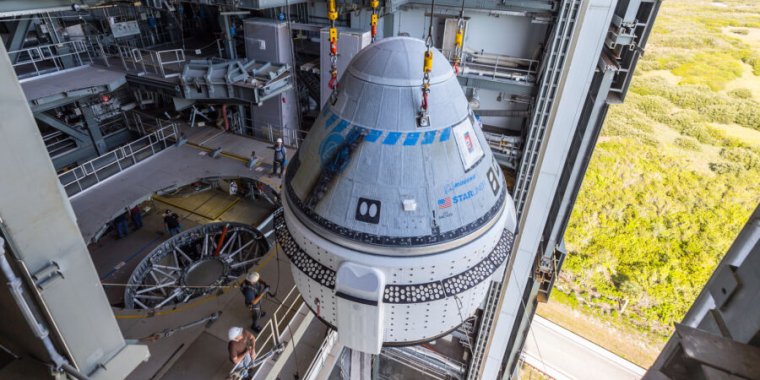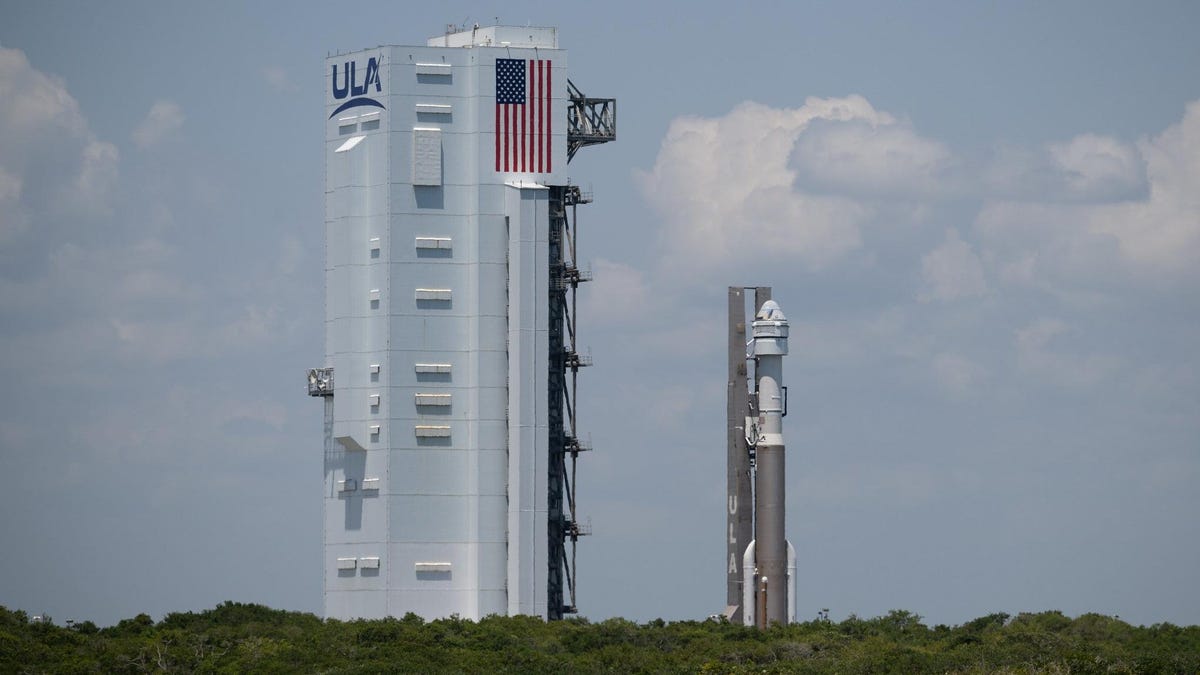The Challenges Faced by Boeing in the Commercial Crew Space Race
NASA’s top leaders in human spaceflight had a crucial meeting at the agency’s headquarters in Washington, DC, ten years ago where they had to decide on a replacement vehicle for the retired Space Shuttle. Boeing, with its extensive experience in spaceflight, seemed like the clear favorite at first, leaving SpaceX as a distant second choice. However, as the story unfolded, it became apparent that Boeing would not have an easy path to victory.
Tale of Two Companies
While SpaceX had made significant progress through its cargo variant of Dragon, Boeing found itself starting from scratch with Starliner. SpaceX thrived in its frenzied environment, taking on multiple projects simultaneously, and emerging as a pioneer in rocket reusability. Boeing, on the other hand, was burdened by a fixed-price agreement that deviated from its accustomed cost-plus contracting style. This transition was more challenging than anticipated, leading to a scarcity of resources allocated towards Starliner.
According to Lori Garver, former NASA deputy administrator and author of Escaping Gravity, the divergent cultures and decision-making structures compelled Boeing to lag behind SpaceX in adapting to the new financial landscape. Struggling with financial constraints and technical complexities, Boeing encountered significant setbacks in crucial areas such as flight software and propulsion.
Technical Hurdles and Financial Pressures
Developing a crewed spacecraft is an intricate process with many hurdles to overcome. Boeing, accustomed to utilizing external resources, was now under intense scrutiny due to the fixed-price agreement. Every expense incurred directly impacted profit margins, prompting Boeing to limit its investment in Starliner’s development. This financial strain, combined with the significant technical challenges involved, set the stage for Boeing’s subsequent struggles in the space race.
Despite its illustrious history in human spaceflight, Boeing’s transition to the commercial crew program encountered unforeseen complexities and setbacks. While the initial expectations favored Boeing, SpaceX’s resilience and adaptability ultimately secured its place as a frontrunner in modern space exploration.
Image/Photo credit: source url





